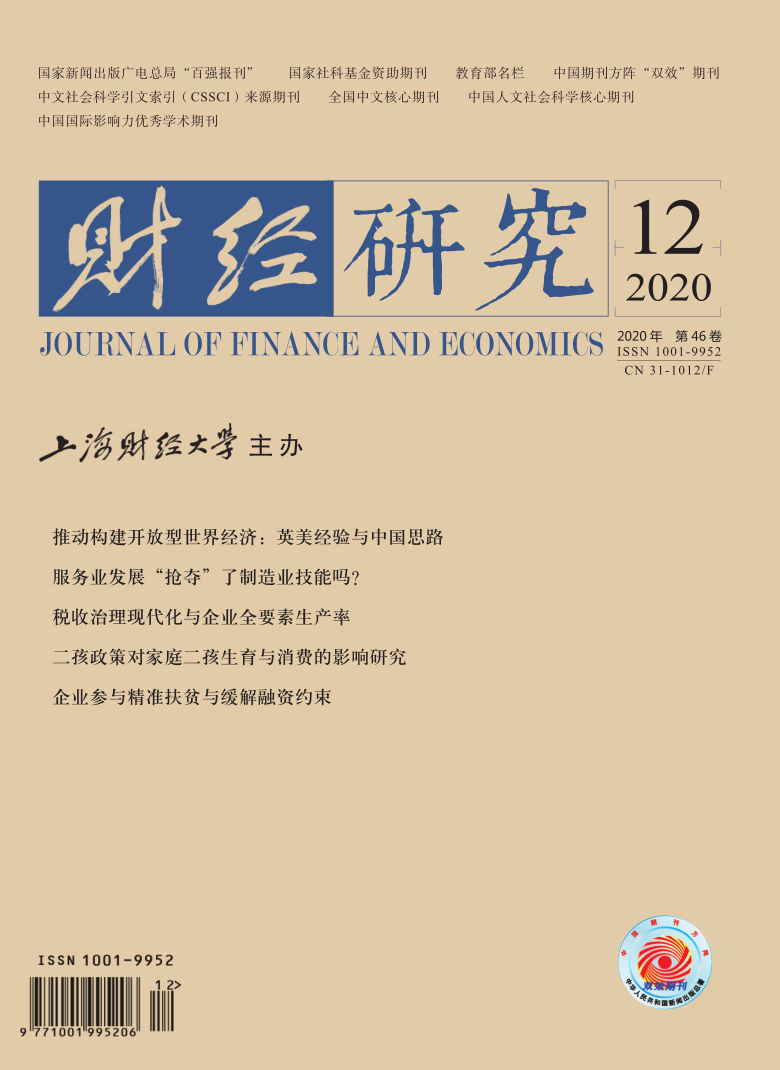The characteristics of China’s aging society have become increasingly prominent. For China, which is still and will continue to be a developing country for a period of time, the topic of getting old before getting rich is particularly heavy. With the growing size of the retired population and the sharp decline in the new population, the old-age dependency ratio is rising rapidly. Therefore, China’s pension system is facing severe challenges from uneven income and expenditure, and the public pension system is also facing tremendous pressure. In response to the above-mentioned dilemma, China introduced a “comprehensive two-child” policy in 2016. However, the specific effect of the comprehensive two-child policy on China’s public pension management remains to be studied. Therefore, in the framework of overlapping generation model with endogenous growth and two-way altruism, under the assumption of complete competition market, labor market clearing and people freely choosing birth rate under the restriction of the comprehensive two-child policy, this paper adopts the endogenous growth model of capital externality, and considers the balance between the pension system with unified account and the endowment insurance system linked with birth rate under the pay. It also considers the relationship between the optimal enterprise contribution rate and the birth rate, maintenance rate, output growth rate and other variables, and obtains the steady-state solutions of the variables such as saving rate, child rearing cost rate, maintenance rate, inheritance rate, consumption rate during working period and the functional relationship between the output growth rate and the birth rate under the stable state.
Through the analysis of the steady growth path, we can get the relationship between the birth rate and the net intergenerational transfer rate, per capita effective output and enterprise contribution rate. On this basis, we find out the optimal choice range of enterprise payment rate under the comprehensive two-child policy; based on the theoretical level, the study concludes that the comprehensive two-child policy encourages the net intergenerational transfer. Secondly, this paper makes a comparative analysis of the equilibrium solutions under the optimal utility of individuals and central planners, and concludes that the public pension residents with the optimal allocation of the society have higher demand for family pension support. At the same time, although the two-child policy can improve the population growth and maintain the output growth in a reasonable range, it also has some problems. It requires a higher intergenerational net transfer rate, which undoubtedly increases the burden of family pension. Therefore, from the perspective of sustainable development of pension insurance, the two-child policy is not a long-term solution. The government can consider more ways such as delaying retirement to reduce the intergenerational support of individuals for pension. Finally, it is suggested that the government should take measures to alleviate the pressure of public pension by enhancing the residents’ fertility willingness and strengthening the accumulation of human capital.






 4290
4290  4103
4103

